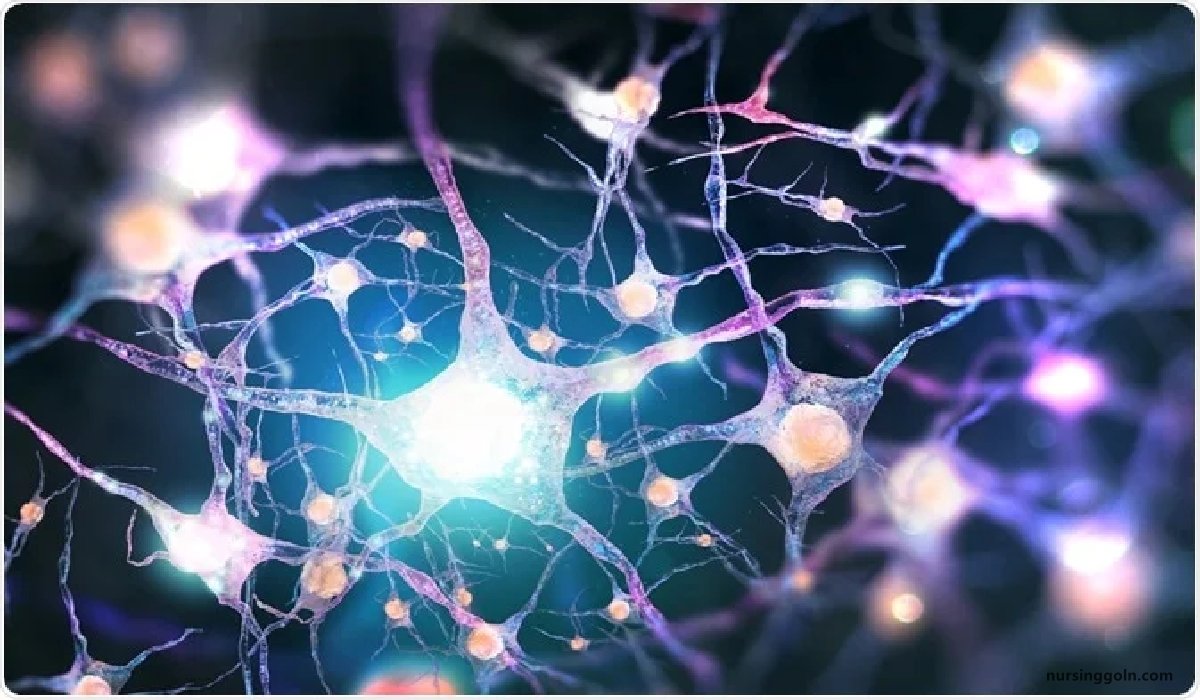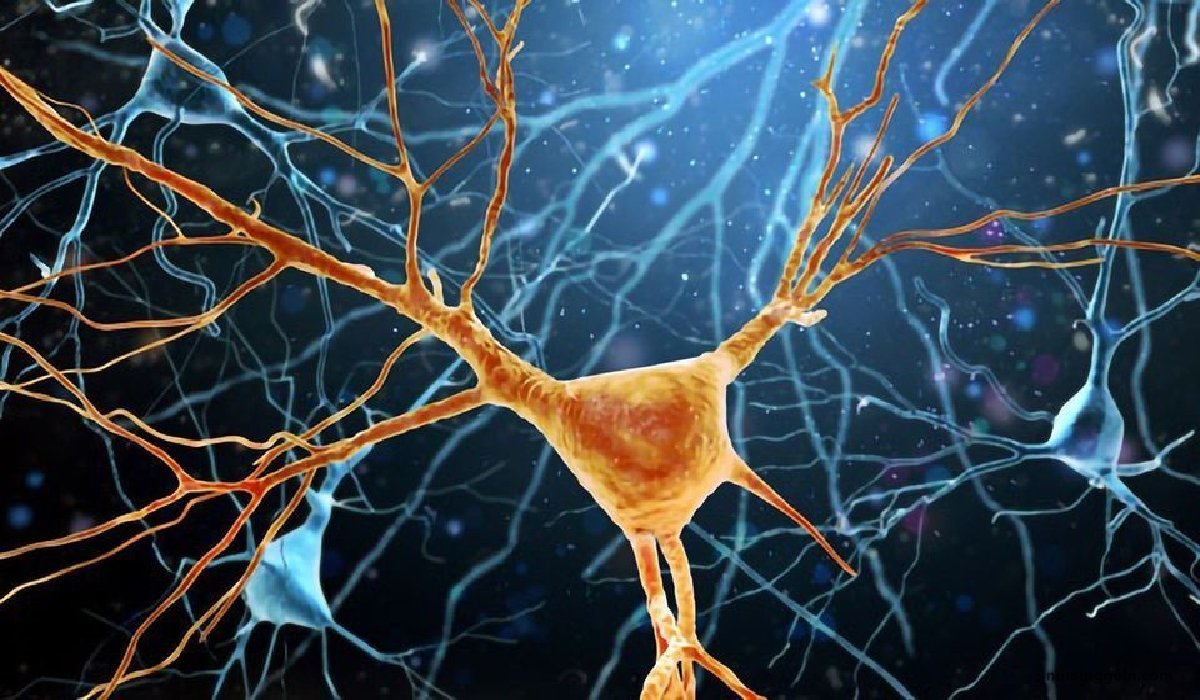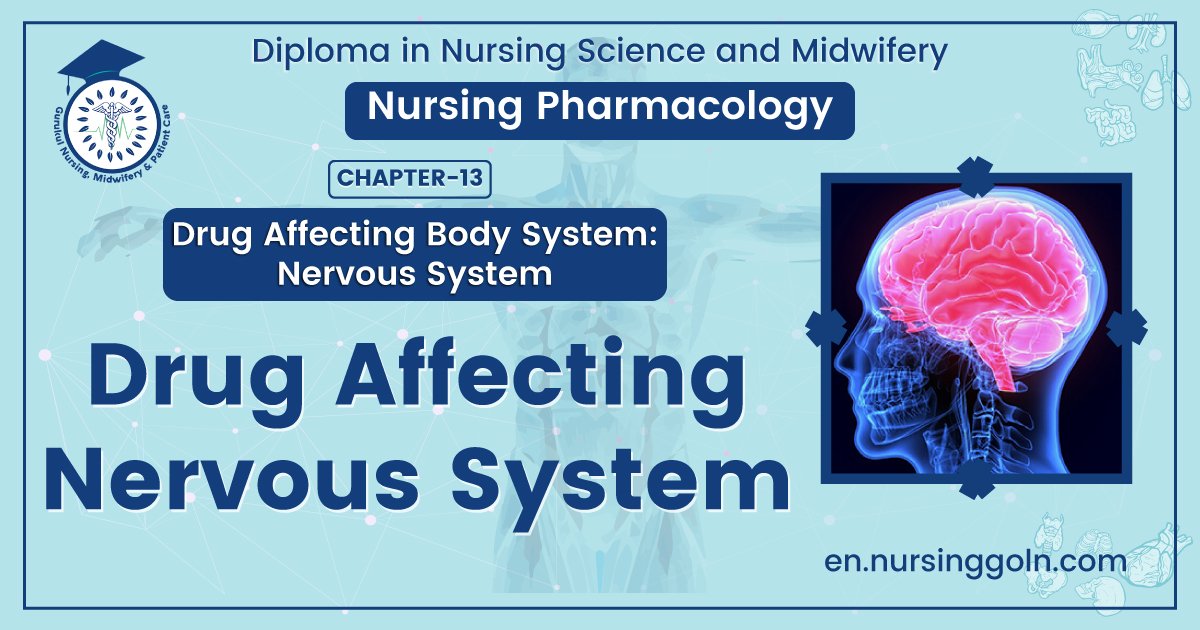Drug Affecting Nervous System – This book covers the entire syllabus of “Pharmacology” prescribed by BNMC- for diploma in nursing science & midwifery students. We tried to accommodate the latest information and topics. This book is an examination setup according to the teachers’ lectures and examination questions.
At the end of the book, previous questions are given. We hope in touch with the book students’ knowledge will be upgraded and flourish. The unique way of presentation may make your reading of the book a pleasurable experience.

Drug Affecting Nervous System
Drugs acting on the CNS are classified into two groups:
A. CNS stimulants
B. CNS depressants
A. CNS stimulants (neuroleptics)
1. Directly acting on CNS:
a. Cortical stimulants:
- Caffeine
- Aminophylline
- Theophylline
- Theobromine
- Amphetamine
- Ephedrine
- Cocaine
- Atropine
b. Medullary stimulants:
- Bemegride
- Picrotoxin
- Amiphenazole
- Adrenaline
- Nikethamide
- Doxapram
- Carbon-dioxide
- Leptazole
b. Spinal stimulants:
- Strychnine
- Thebaine
- Brucine
2. Reflexly acting on CNS:
- Nicotine
- Venetrum alkaloid
- Lobeline
- Ammonia

B. CNS depressants
a. According to degree of depression: Sedatives < Hypnotics <Narcotics < General anesthetics
1. Sedatives:
- Diazepam
- Oxazepam
2. Hypnotics:
- Clonazepam
- Nitrazepam
- Clorazepam
3. Narcotics:
- Morphine
- Codeine
- Thebaine
4. General anesthetics:
- Halothane
- Chloroform
- Nitrous oxide (N2O)
- Ethylene

Mechanism of Action of the Drug Affecting on Nervous System:
➤ Almost all the drugs that act in the CNS produce their effects by modifying some step in chemical synaptic transmission. These transmitter-dependent actions can be divided into presynaptic and postsynaptic categories.
➤ Drugs acting on the synthesis, storage, metabolism and release of neurotransmitters fall into presynaptic category. Synaptic transmission can be depressed by blockade of transmitter synthesis or storage.
➤ In the postsynaptic region, the transmitter’ receptor provides the primary site of drug action. Drugs can act either as neurotransmitter agonists, such as the opioids, which mimic the action of enkephalin, or they can block receptor function. Receptor antagonism is a common mechanism of action for CNS drugs.
The traditional view of synapse is that it functions like a valve transmitting information in one direction. However, it is now clear that the synapse can generate signals that feed back onto the presynaptic terminal to modify transmitter release.
➤ The selectivity of CNS drug action is based almost entirely on the fact that different transmitters are used by different groups of neurons. Furthermore, these transmitters are often segregated into neuronal systems that sub serve broadly different CNS functions. Without such segregation, it would be impossible to selectively modify CNS function, even if one had a drug.
that operated on a single neurotransmitter system. That such segregation does occur has provided neuroscientists with a powerful pharmacologic approach for analyzing CNS function and treating pathologic conditions.
Read more:
